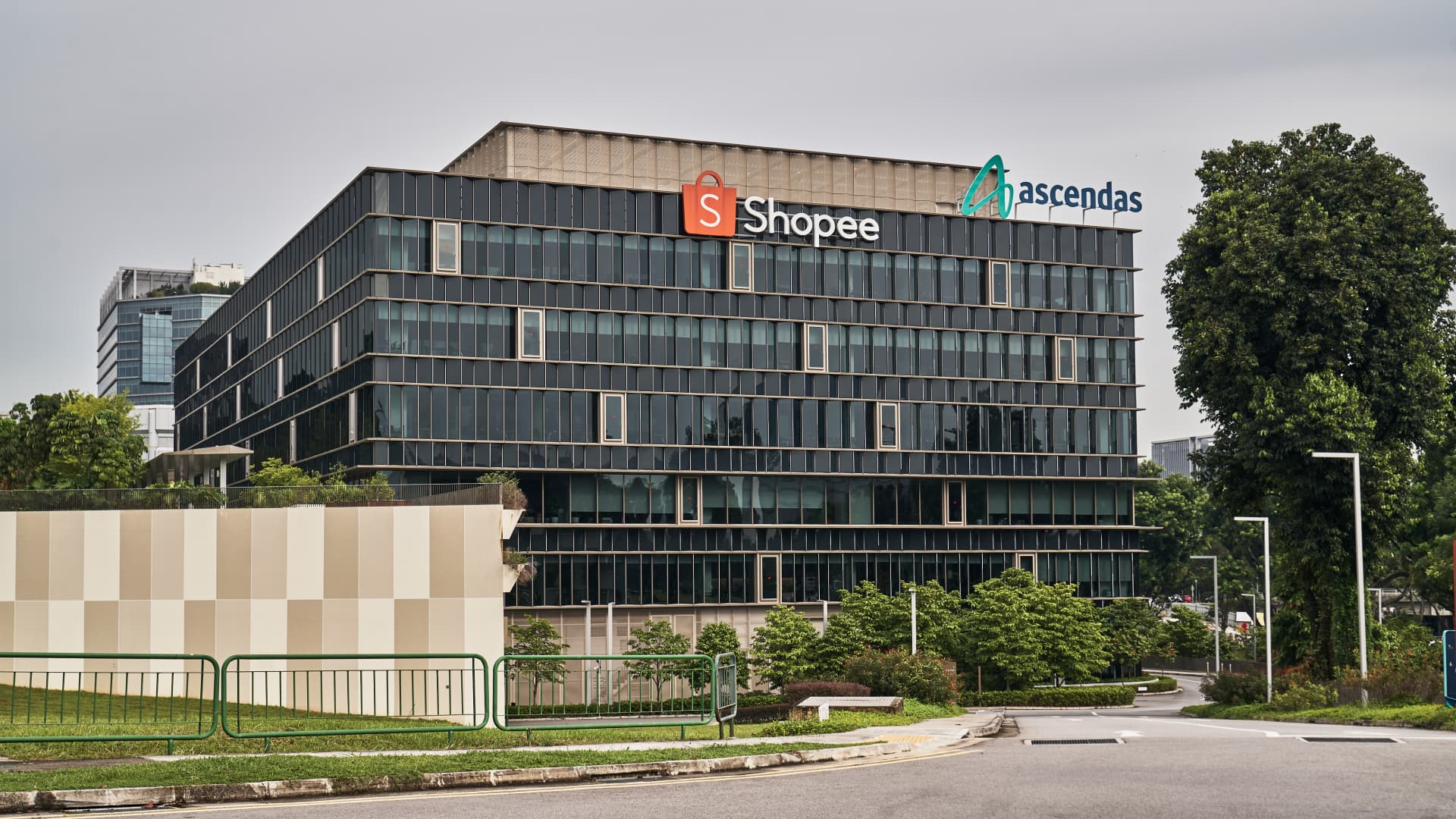The joint venture between UK’s Vodafone Group PLC and India’s Aditya Birla Group though continued to be plagued by subscriber losses with its user base falling under 200 million, underlining the telco’s continuing inability to compete with bigger rivals, Reliance Jio and Bharti Airtel, who have completed their 5G rollouts nationally and have wider and deeper 4G networks.
“We are driving investments and the velocity of capex deployment is set to accelerate in the coming quarters,” Akshaya Moondra, chief executive, Vodafone Idea, said in an earnings statement Tuesday.
“Concurrently, the phased rollout of 5G services is underway, targeting key geographies. We are pleased to report highest quarterly cash EBITDA since merger of Rs. 24.5 billion, registering a YoY growth of ~15%,” he said.
The commercial launch of 5G services in Mumbai is planned for March 2025 and Delhi, Bangalore, Chandigarh and Patna for April 2025, Vi said.
The telco’s ARPU — a key performance metric — grew 4.5% sequentially to Rs 163 on the back of the headline rate hikes last July. Vi’s quarterly revenue grew 4% on-year to Rs 11,100 crore.Before the merger in August 31, 2018, Vodafone India had 204.68 million subscribers and Idea Cellular had 190.51 million subscribers.
But having not made any profits since the merger and its weak cash position since then meant the telco wasn’t able to invest adequately in expanding its 4G network and start 5G rollouts, leading to rapid user losses, say analysts.
Vi ended the December quarter with 199.8 million subscribers compared with 205 million in the July-September period. Its 4G subscribers base grew from 125.9 million by September-end to 126 million by December. Subscriber churn – or users leaving its network – remained flat at 4.5%.
“The sequential fall in net interest & finance costs helped Vi narrow its Q3FY25 loss, and the flow-through of last July’s price hikes partly increased revenues,” Rohan Dhamija, head (India & Middle East) at Analysys Mason, told ET.
“But heavy customer losses remain the prime concern and Vi needs to rapidly close its long pending debt-raise and comprehensively ramp up 4G coverage and roll out 5G in priority markets to rein in customer losses,” he said.
The telco’s shares closed 3.39% lower at Rs 8.82 on the BSE Tuesday. The quarterly results were announced after market hours.
Less number of 4G upgrades weighed on average data usage which declined sequentially in the December quarter to 15.5 GB per month from 15.8 GB a month previously. But, Vi’s average minutes of use per subscriber have increased to 593 minutes from 587 minutes during the said period.
Having already raised around Rs 24,000 crore via the equity route, the cash-strapped telco is also in discussions with a consortium of banks to raise upto Rs 25,000 crore and additional non-fund-based facilities of upto Rs 10,000 crore, the company had said previously.
“With the recent equity infusion of Rs. 19.1 billion from one of our promoters, we have now secured approximately Rs.260 billion in fresh equity capital over the past 10 months. In parallel, we continue to engage with lenders for debt financing, aligning with our planned network expansion investment of Rs. 500–550 billion over a three-year period,” the CEO said in Tuesday’s statement.
Vi’s cash and bank balance fell to Rs 12,090 crore as of December 31, 2024, on account spending in 5G network infrastructure and paying off debt.
During the third quarter, Vi’s capex spends saw a sequential rise to Rs 3200 crore versus Rs 1360 crore in the preceding quarter. This, however, is substantially less than Airtel which incurred a capex at Rs 8088.5 crore in Q3FY25. Meanwhile for Jio, brokerage firm IIFL Securities pegs its network opex at Rs 7923 crore in the fiscal third quarter.
A separate disclosure of use of funds showed that Vi has spent Rs 6,199.94 crore out of the total allocation of Rs 17,614.20 crore from the FPO proceeds. Rs 1,528.7 crore was spent on purchase of network equipment, Rs 1,982.39 crore on payment of deferred spectrum liabilities while Rs 2,688.9 crore was spent on corporate expenses, the statement showed.
The loss-making telco’s net debt stood at 2.29 lakh crore including external debt from banks at Rs 2,345 crore, deferred spectrum payment obligations and adjusted gross revenue (AGR) related dues of Rs 2.27 lakh crore.
Interest and finance cost fell to Rs 5,690.4 crore in FYQ3 from Rs 6,313.6 crore in FYQ2.













